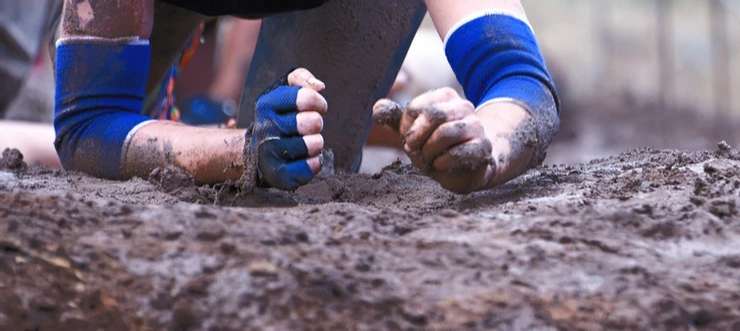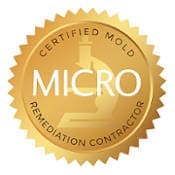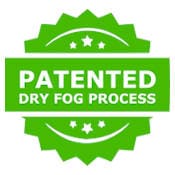Here in the Greenville area, crawl spaces are the go-to preference of builders since they’re more affordable than concrete slab and are often a convenient location to store wiring or plumbing. Since a home needs a moisture barrier between the ground and the living space, they also happen to be a convenient location for mold growth.
What causes mold to grow in the crawl space?
Mold needs moisture and a food source in order to survive. Organic matter, such as wood floor joists, is an ideal food source for mold to thrive on, especially when paired with a warm, damp enclosed area. Often mold starts breeding because of:
- a current or past leaking pipe
- flooding
- condensation on air conditioning duct work
- moisture droplets on water pipes
- high humidity/lack of air in main living space
- – lack of air circulation

Possible symptoms/indications of crawl space mold:
- strong consistent odor (musty & pungent)
- white, black or yellow powdery staining or specked spots on floor joists boards
- allergic reactions
- insect infestations (insects love moisture, warmth & some even feed on mold)
- buckled hardwood floors
- moldy baseboard

Are there any risks or dangers of leaving the mold in your crawl space?
Mold eats at the structure of your home. Additionally, mold can have serious health risks since the spores can easily travel into the living area of the home and be inhaled or spread into other areas of the home. Mold’s sole job in our environment is to decompose and destroy living matter. Great for leaves in nature; not so great under your home!
What is the best way to remove mold in a crawl space?
While many home projects can be tackled by capable DIYers, because of the risks of inhaling mold spores, treatment is best left to a professional who has the proper safety equipment and protection needed to address the issue at hand (or under foot, in this case!). Mold treatment should not only remediate the problem, but ideally also provide a level of prevention against future mold growth.







